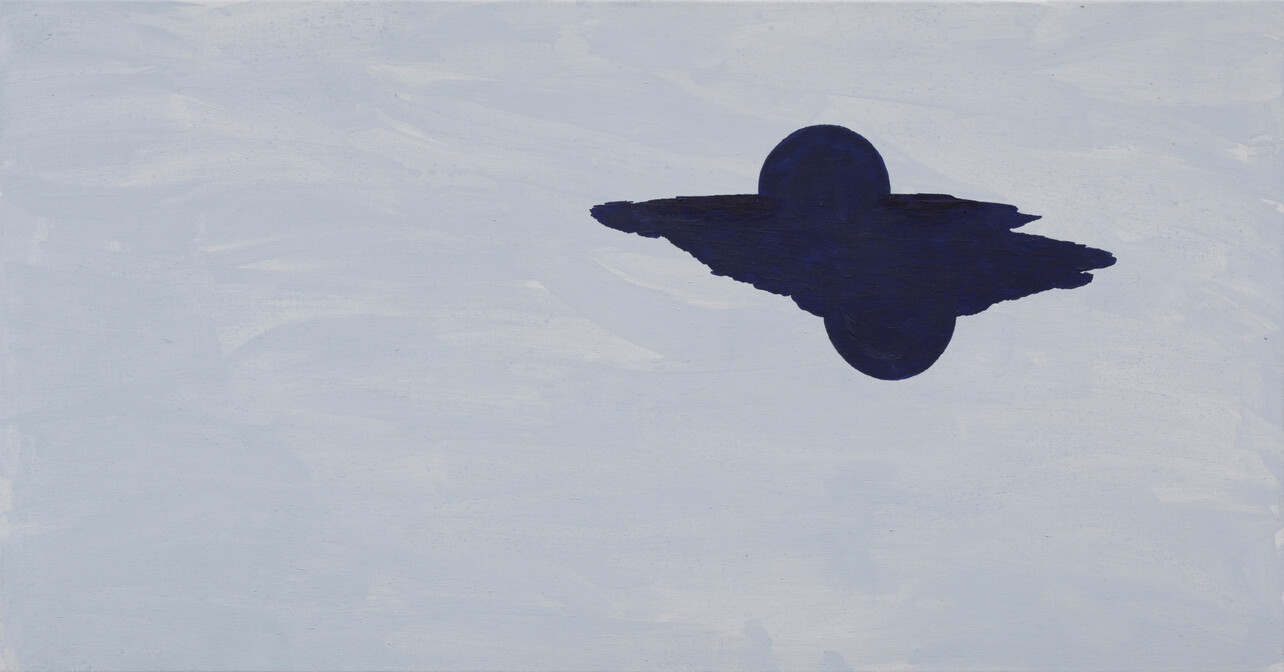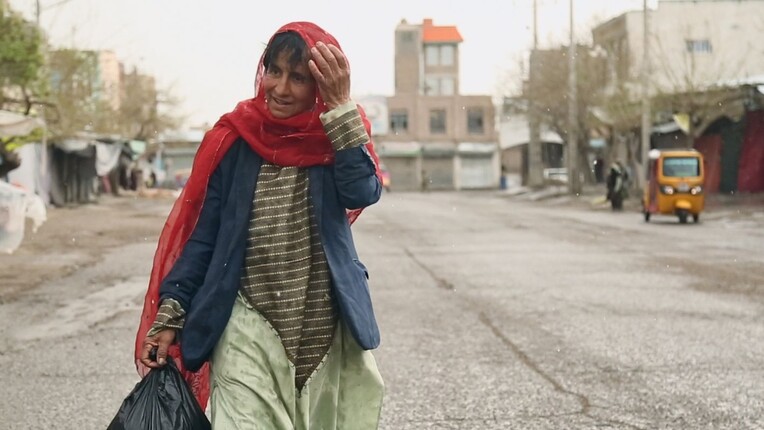
VIENNA ART WEEK: Interview with Artist-in-Residence Lenka Vítková
Artist-in-Residence Lenka Vítková talks in an interview with Lucas Cuturi about her work as a visual artist and curator.
Lenka Vítková is a visual artist and curator living in Prague. She was invited by tranzit.org / ERSTE Foundation as Q21 Artist-in-Residence in the MuseumsQuartier Wien. For VIENNA ART WEEK, art historian Lucas Cuturi talked to her via Skype about her work and her time in Vienna.
You were invited by tranzit.org / ERSTE Foundation to spend November and December in Vienna as an Artist-in-Residence. How did you get in contact with tranzit?
In 2006 I was awarded the tranzit development grant because of my exhibition activities in Olomouc, called 36 after the number of a stand at the exhibition grounds that Flora I rented for contemporary art exhibitions. Tranzit together with the Display gallery team promoted an important contemporary art space in Prague called Tranzitdisplay. When I was looking for a space where I could stage an exhibition of text-related artists as a part of my research at the Academy of Fine Arts, they accepted my proposal. So in 2011 I curated an exhibition there called The Waste Land. The participating artists were Rashid Johnson, Zbigniew Libera, Jan Nálevka, Jiří Thýn and Sue Tompkins, and a reading by Jiří Valoch was also part of it.
Can you tell me what importance tranzit plays for artists, also in the Czech Republic?
Tranzit plays an important role on the Czech art scene. Right now, as the organizer of the Matter of Art Biennale, and they are also an important publisher of art books and translations, and last but not least they promote these residencies in Vienna.
So what role does this residency at Q21 play for you?
I applied for it a year ago because I needed new input – from contemporary as well as from older art. This situation now is what it is, but I still can meet people and visit libraries and bookshops and borrow books, also from the interestingly shaped ERSTE library. Those contacts with people and books are inspiring and their influence is more urgent due these special conditions with Corona.
Are there programs in the Czech Republic that help artists – what opportunities exist there?
For example MeetFactory, a big space with an international exhibition program, provides residencies for international artists in Prague, but they also send artists abroad. The FUTURA gallery and its second space, the Karlin Studios, is also strongly internationally connected and sends artists abroad and hosts them. The organizers of the Jindřich Chalupecký Award also work with Czech artists in the international context.
Can you please tell me something about yourself, where you come from, your education or how you came to make art.
I come from southern Bohemia and I live in Prague. When I was eighteen, I decided to study Czech philology and literature and art education in Olomouc, it was just an intuitive choice. Until now it has proven to be very precise in the context of my current practice. Later I finished my doctoral studies at the Academy of Fine Arts in Prague.
Painting was somehow natural to me and I soon felt sure by using painting to express some inner content. But writing was more of a source of income. I worked as an editor for a publishing house, for an art magazine, and I wrote about art. The moment I decided that I could no longer write about the work of others, because it was in conflict with my artistic practice, I was suddenly able to create my own texts as art. I started exhibiting them because visual art was the context in which I worked.
I paint and create installations in which I use written text, I used to work with text in video pieces or photography.
For a long time I strictly separated painting and working with texts, because I did not want to create illustrations in any way.
But then I became acquainted with early modern emblems and I realized that the combination of text and image can create a whole new quality.
Writing for me means above all the opening of new spaces, and I like to write for a specific place and opportunity.

Orthophobia, 2016, together with Anne-Claire Barriga, detail of installation, Perla space, Vrané nad Vltavou
Can you explain more about new spaces – what kind of new spaces?
Every thought, every memory, every link brings its own space, and the text is the most economical method of arranging these spaces and presenting them all at once, of course creating a feeling of vertigo. But the desire for this vertigo may be the reason why I write.
My painting method consists of combining stains into motifs on the border of the abstract and the concrete, in organizing and processing fragments, and when I write it’s similar. I am influenced among others by Robert Creely, cut-ups by Gertrude Stein, by Roland Barthes, I found the theory of my artistic praxis in the book Fragmentary Writing by the French author Francoise Susini Anastopoulos.

Lenka Vítková: Refrain, 2014, Svit Gallery, Prague, look into the exhibition curated by Edith Jeřábková
Your influences are also connected with semiotics – so this is very important in your work. Also in your paintings.
Yes of course. That’s a good point.
The aim of it all is of course hard to describe, I think I try to achieve some urgency and depict or touch a basic life force. Maybe I can read one of my recent texts from a wall in the Rudolfinum gallery, now closed until the end of November because of Corona. It’s part of a work called When in the UNPLUGGED exhibition curated by David Korecký.

Lenka Vítková: When, 2020, part of the installation, exhibition Unplugged curated by David Korecký, Rudolfinum Gallery, Prague
The Rudolfinum is a gallery in Prague?
Yes it’s a large Neo-Renaissance building on the banks of the Vltava river, hosting the gallery spaces and the Czech Philharmonic as well. The exhibition touches on environmental themes and tries not use energy – so they used as little energy as possible, no new-media artworks or artificial lighting, and so I made a collection of plaster objects with sloping surfaces to capture the only light coming through the glass ceilings and texts of chalk and a mural evoking a large missing object. Something essential to my work, the text is important to me.
it is about
using something to catch
the echo
of the movements of a flame,
as if, to think
about all the situations when every decision was right
so, that calm
full and changeable
to remember
that means
keeping it somewhere in the depths of a little-explored terrain
and losing it again
when

Lenka Vítková: When, detail of the installation, exhibition Unplugged curated by David Korecký, Rudolfinum Gallery, Prague
This poem is is originally in Czech?
Yes in Czech, but I have to struggle every time by exhibiting with the minority Czech language. Sometimes we attach the English version on paper but this time I wrote the Czech and English versions next to each other, and it has shapes and looks like some beings, maybe birds.
It becomes more visual then, almost like a competition.
Yes but I don’t think it’s a competition between Czech and English; I felt more about the variability of codes.
What are you working on during your residency?
A year ago I was putting together my provisionally named First Books of Emblems, and during residential stay in Vienna I would like to go further into this type of writing and thinking. However, it may lead me to the creation of an installation of texts and paintings and not to a book or finishing a work, which will probably function as an exhibition in the form of a book.
I have already started to write some kind of diary and it’s already going to build some kind of emblems again. I will see if it will connect with visual works or if it will just be texts.
I am curious to see the result - thank you and I hope to meet you in person, some day!





